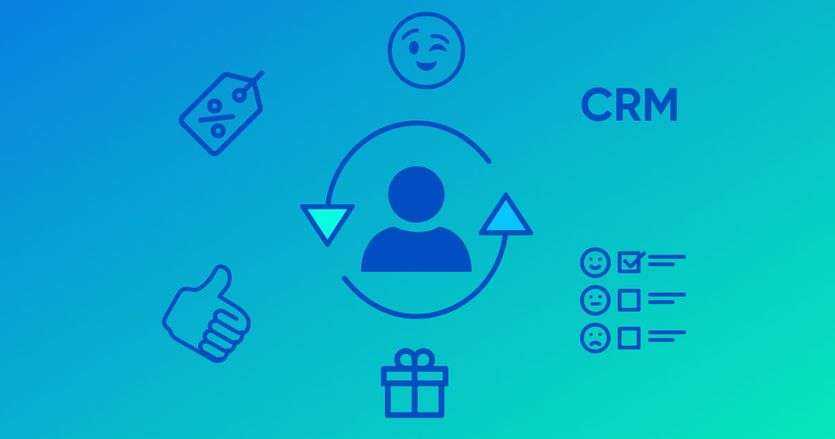We have talked about two stages of customer interaction in two previous blog posts: onboarding and communication. Even though those two take up most of the time, you think, but it's not the end. It's actually the opposite: a new beginning of a long-term relationship with a new client.
Why?
We have talked about the main reason to build long-term relationships with the client, but I guess it never hurts to repeat it one more time. Having a steady flow of people coming your way is not guaranteed in any way: sometimes you won't have any business for a while. Sometimes it may be more than a while. That's why having a list of proven customers is a great thing. Moreover, the more people who trust your business you have, the more recognition and credibility you get.
When?
Retention, actually, begins from the very first interaction. It's the way you communicate, the quality and efficiency of your work. I have decided to talk about it at the end of a series, because there are some strategies that work after all the business is done.
How?
There are many ways to get your retention numbers up, and the possibilities are virtually endless: we live in a digital age, after all, and you can come up with hundreds of special ways to keep your friends close (we don't talk about enemies here). We are going to talk about some general practices that are more or less universal, and can work for many industries.
CRM
Your CRM comes with many useful features for every stage of customer service, you can work on retention there too. What you want to do, is to maintain a communication calendar, set reminders, and talk to them once in a while. Follow-ups are art, and you have to time them right.
Discounts and Gifts
People love to feel appreciated. What you can do to satisfy that need is offer gifts and discounts for your regular clients: it will make a huge difference! Apart from regular discount, you can go a little bit further and offer, say, 5% off for your client if he refers someone to you (and be sure to cut off 5% from a new customer as well). This way, you will earn another trophy in their eyes, and they will be even more likely to return for business.
Customer Expectations
We have talked about knowing your clients personally, and that was for a reason — you can't possible meet someone's expectations if you don't know more about them that just their name. The best way to set and meet these, is to just be honest. Don't go around telling your clients that you will do magic and their competitors will be far behind them instantly. Tell them that you will make them look unique and boost their credibility with the new design instead.
Bad Reputation
The word is always going around, it's just that you don't see it personally. You don't want someone to be writing bad stuff about you, that is why trying to satisfy every customer is in your best interest. If you treated someone in a bad way, chances are they will be spreading the word around, and some of your potential or existing customers will see it. Humans work that way — they see something bad about you, and that bad is sitting at the back of their minds, probably forever now.
Custom Content
Custom content is something you want to produce on every stage of customer service, and not for this reason only. Having a good blog is a big plus, because it shows that you truly care about what you do, besides, it is a good read for your customers! Even more, a good blog is a lead magnet as well. For it to work that way, you have to write about something relevant, and the results won't wait.
Overdelivery
There is not so unspoken rule of business: "Underpromise and overdeliver". It's a little dirty trick people use to exceed your expectations, but it's not necessarily bad. Let's be real here, there is a benefit for two sides: you get your product, and the business kept their promise. It's better to promise something that you can do, that fail miserably at the end.
Feedback
Negative feedback is usually something we all run away from, but we should be listening to it instead. Complaining customers are your way to tell what it is you should change about your business or product, what you should care about the most and the least. Another important thing: customers with negative feedback are usually those who want to stay. If you try and resolve their complaints, they will likely to do business with you in the future.
What Else?
With this article, we have covered all the stages of customer service. Of course, there is so much more to it, but the most important lesson is not in the words that I have written — it's in your experience. Nothing will work better than you finding the way to each customer's heart, and if you truly care about them, they will see it. So go out there and do your absolute great! Learn from your experience, and exceed not only their expectations, but yours as well.




